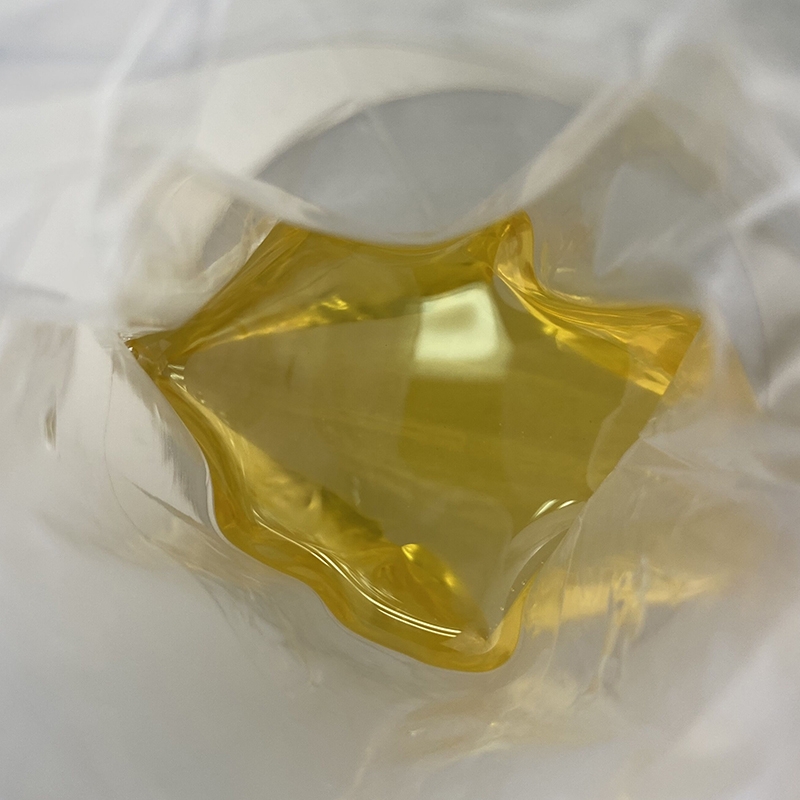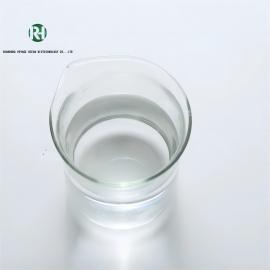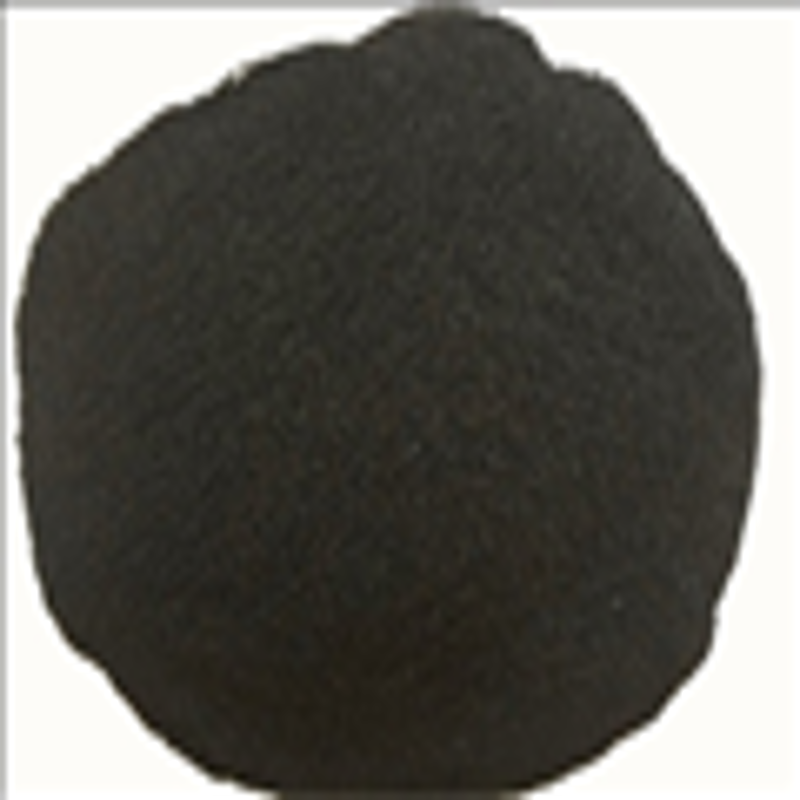-
Categories
-
Pharmaceutical Intermediates
-
Active Pharmaceutical Ingredients
-
Food Additives
- Industrial Coatings
- Agrochemicals
- Dyes and Pigments
- Surfactant
- Flavors and Fragrances
- Chemical Reagents
- Catalyst and Auxiliary
- Natural Products
- Inorganic Chemistry
-
Organic Chemistry
-
Biochemical Engineering
- Analytical Chemistry
- Cosmetic Ingredient
-
Pharmaceutical Intermediates
Promotion
ECHEMI Mall
Wholesale
Weekly Price
Exhibition
News
-
Trade Service
According to foreign media reports, a report issued by the Centers for Disease Control and Prevention (CDC) shows that the recent outbreak of Salmonella infection in 11 states in the United States has caused 62 people to become ill, and the culprit of this food-borne disease outbreak may be loved by people.
Tuna sushi
.
According to the US CDC, most of the patients were infected after eating sashimi sushi in the supermarket
1.
Salmonella is one of the most common food-borne pathogenic microorganisms
Food-borne diseases caused by Salmonella in China rank first among bacterial food-borne diseases
.
Among the bacterial foodborne disease outbreaks with a clear cause reported in China from 2006 to 2010, 70% to 80% were caused by Salmonella
2.
The types of foods that cause salmonella poisoning are mostly animal foods and instant foods
Although eggs, poultry and meat products are the main vectors of salmonella disease, in recent years, food-borne diseases caused by salmonella-contaminated ready-to-eat foods, especially seafood, have also occurred many times
.
Take the United States as an example.
In April 2008, 43 states in the United States reported 1,442 confirmed cases of food-borne Salmonella São Paulo infection caused by eating raw tomatoes and peppers, resulting in 286 hospitalizations and 2 deaths
3.
The symptoms of Salmonella poisoning are mainly acute gastroenteritis.
Food poisoning caused by Salmonella is an infectious type
.
There are mainly five types: gastroenteritis, typhoid fever, sepsis, cold, and cholera
4.
The international emphasis on the risk control of Salmonella in the catering industry and commercial ready-to-eat foods
The food-borne infection that occurred in the United States due to the consumption of salmonella contaminated tuna sushi is a food safety incident
.
The cause of the incident was the problem of raw material pollution in the production and processing links
Therefore, experts suggest: Food production and business units should strengthen the control of the entire food chain, where the safety of raw materials and production and processing steps are the key points that are vulnerable to contamination
.
The aquaculture industry should follow good agricultural practices to ensure the safety of raw materials; production and business units should effectively use key hazard analysis control measures, strictly control product hygiene and quality, prevent cross-contamination in the process of food production and operation, and provide regular health care for employees In addition to carrying bacteria inspection, multiple measures should be taken to effectively control the pollution of harmful microorganisms; the catering unit should strictly abide by the relevant sanitation system, especially to prevent cross-contamination of raw and cooked food
.
In addition, Salmonella is not resistant to heat, disinfectants and the external environment
.
It can be killed by heating for 15-20min at 65℃, and it will die immediately at 100℃
.
Consumers should strengthen their own safety awareness, develop good habits, and reduce food safety hazards caused by Salmonella: 1.
Develop good hygiene habits and wash hands before meals and after going to the toilet
.
2.
Do not eat raw meat or meat that has not been thoroughly cooked, do not eat raw eggs, do not drink raw milk
.
3.
Separate raw and cooked cutting boards in the kitchen
.
Especially after processing fresh seafood and raw meat, the cutting board must be washed and dried to avoid contamination of other foods
.
4.
Raw poultry, beef, and pork should be regarded as potentially contaminated food.
When circumstances permit, fresh meat should be placed in a clean plastic bag to prevent bleeding from contaminating other foods
.
5.
For all kinds of ready-to-eat foods sold in the market, try to buy products of regular brands and well-packaged products, pay attention to the production date and shelf life, and pay attention to whether there is any deterioration before eating
.
6.
Heat up leftovers thoroughly before eating leftovers
.







